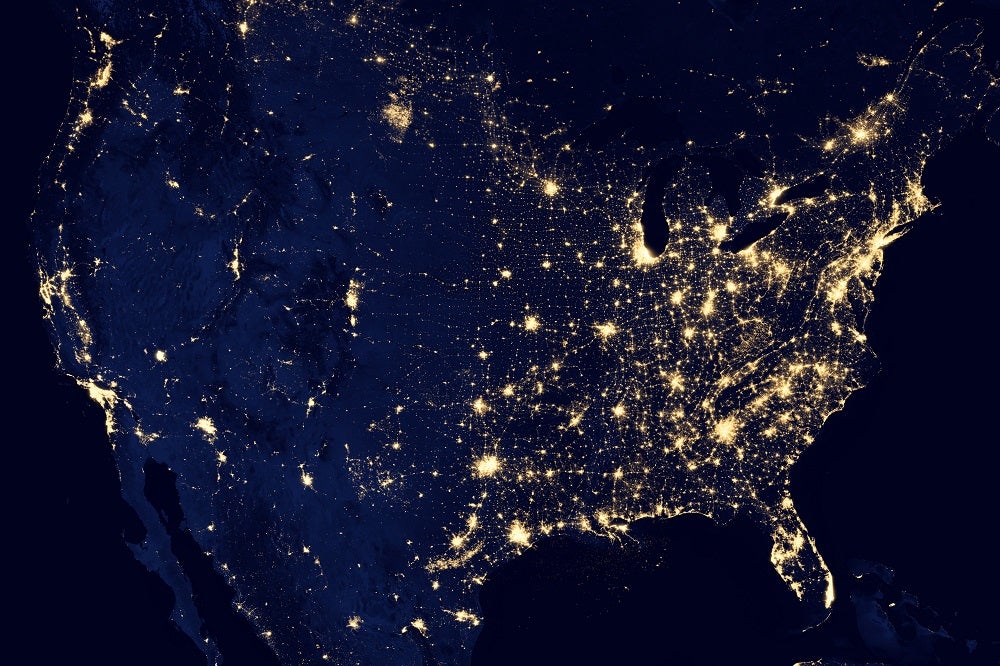
The rate of progress in developing energy efficiency across the global economy was at its slowest rate since the start of the decade, according to the International Energy Agency (IEA).
It was the third year in a row that “global primary energy intensity”, a key metric used to observe how heavily the world’s economic activity uses energy, showed a declining rate of improvement – up by just 1.2% during the year.
The IEA gives an annual guidance rate of a 3% improvement in energy efficiency required to meet global climate and energy goals in line with the Paris Agreement, a level it believes is achievable given existing technology standards and the investment opportunities that are currently available.
IEA executive director Dr Fatih Birol said: “The historic slowdown in energy efficiency in 2018 – the lowest rate of improvement since the start of the decade – calls for bold action by policy makers and investors.
“We can improve energy efficiency by 3% per year simply through the use of existing technologies and cost-effective investments.
“There is no excuse for inaction – ambitious policies need to be put in place to spur investment and put the necessary technologies to work on a global scale.
“As digitalisation transforms the global energy system, the IEA is committed to helping countries ensure they are able to maximise the benefits while navigating the challenges.”
Energy efficiency progress can benefit from digital interconnectedness
In its latest energy efficiency report, the IEA identified transport and extreme weather among the contributing factors to the slow rate of energy efficiency gains, along with broader industrial trends including the increase of production in energy-intensive industries in China and the US.
It also concludes that “policy measures and investment are failing to keep pace with the rising energy demand”, meaning new approaches to policy are required – particularly in terms of maximising “the potential efficiency gains from the rapid spread of digital technologies”.
The greater digital interconnectedness of social, economic and industrial systems – such as housing, appliances and transport – provides an opportunity for energy efficiency gains “beyond what was previously possible” according to the report, and allows benefits to be realised quicker and more accurately.
The organisation says energy efficiency has “tremendous potential” to boost economic activity and lower greenhouse gas emissions – but the slowdown in improvement will have “major implications for consumers, businesses and the environment” if allowed to continue.
The 3% standard set out by the IEA would facilitate an additional $2.6tn in economic output for the same amount of energy used, the agency claims.
At the United Nations Climate Summit earlier in the year, a group of 15 nations announced a collaborative initiative designed to help achieve the 3% annual improvement rate in global energy intensity target.
The “three percent club” as it has become known, includes the participation of Argentina, Colombia, Denmark, Estonia, Ethiopia, Ghana, Honduras, Hungary, India, Ireland, Italy, Kenya, Portugal, Senegal and the UK.
Birol said at the time: “Energy efficiency is the one energy resource that all countries share in abundance and it can help reduce emissions while improving people’s wellbeing.
“Our analysis shows that we can collectively achieve much higher rates of progress, and we are delighted to see the leadership and ambition set out by these countries.”


